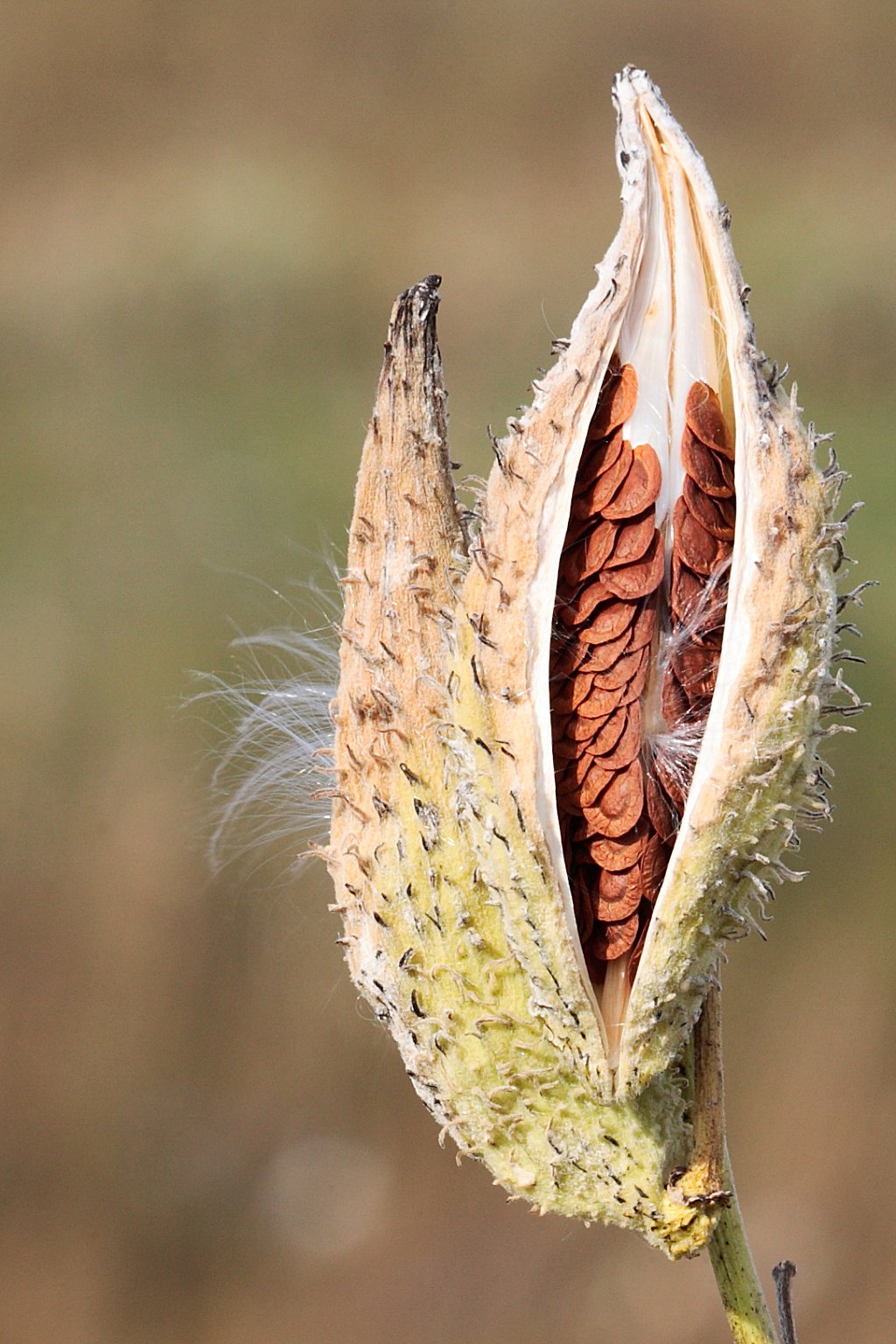Yellowstone National Park was the first of its kind anywhere in the world. Established in 1872 with the goal of preserving part of the American west for future generation, Yellowstone has undergone many changes in its years: there was the return of bison, eradication and then return of wolves and cougars, and the change of mindset from entertainment to preservation and education. These grand and majestic changes are fascinating and interesting to learn about, but our story today is about a humble fish. Today I will talk about cutthroat trout, one of only 11 species of fish native to the Park. There are two subspecies of cutthroat trout: Yellowstone Cutthroat Trout and Westslope Cutthroat Trout. Cutthroat trout face a couple of issues in Yellowstone, predation from introduced fish species and introduced diseases. This is a not good as cutthroat trout are extremely important in the Yellowstone ecosystem. Let's talk about their role in the ecosystem, threats to them, and what is being done to help preserve cutthroat trout.
Several items currently threaten cutthroat trout in Yellowstone National Park. A less substantial threat to cutthroat trout is hybridization of the two subspecies. The two subspecies are close enough related that they can breed. This leads to impure genetics and the combining of the two subspecies. Before Euro-americans arrived in Yellowstone and the United States began implementing management techniques to help save cutthroat trout in general, the two species would have been divided by geographic boundaries such as waterfalls and rivers that did not connect. In some areas this hybridization is natural. Another issue that is harming lake trout populations is whirling disease. Whirling disease is caused by a microscopic parasite that can infect the trout, but does not harm humans. the parasite will usually infect young trout and it will feed on their cartilage. This causes skeletal deformities, a blackened tail, and poor swimming abilities. This leads to fish being unable to feed normally and they are more likely to be caught and eaten by a predator. It is estimated to infect about 20% of the cutthroat trout in Yellowstone Lake and it has been shown in laboratory tests that cutthroat trout can readily get whirling disease. While cutthroat rout can get whirling disease lake trout cannot and they are a main predator of cutthroat in lakes. Scientists believe the parasite came from Europe via frozen fish products. Currently no treatment is available that could effectively stop the spread of whirling disease. By far the greatest threat to cutthroat trout are lake trout. Lake trout were introduced to Lewis and Shoshone lakes, two fishless lakes, during the 1890's when the park put fish into the lakes for sport fishing. It is believed that someone transported illegally to Yellowstone Lake, either accidentally on purpose, in the 1890' and 1990's with the first confirmed catch in 1994. Lake trout do not fill the same role as cutthroat in the ecosystem. Lake trout grow much larger than cutthroat and an adult lake trout can eat about 41 cutthroat trout each year, about 80% of their diet. Young lake trout will also eat the same food that adult cutthroat trout eat. As lake trout age they go deeper and deeper into the lake. This is a drastic difference than cutthroat that only go to a depth of 3 feet. The large depth at which lake trout can be found means that bears cannot catch them and osprey cannot dive for them. Lake trout also spawn in the lake instead of shallow streams. This means they do not make journeys up river where bears and otters can catch them. Due to the introduction of lake trout the abundance of cutthroat trout at a prominent spawning locale declined from 70,000 in 1978 to 538 in 2007. The lake trout predate on cutthroat trout meaning their is less to breed and make the trek up river. This means less food for other animals and lake trout do not replace them in these behaviors. These are all serious issues that have damaged to number of cutthroat trout in Yellowstone.
A lot is being done to to reduce the number of lake trout in Yellowstone, but many believe that it will be impossible to completely remove it from the park. Gill-netting has removed over 1.7 million lake trout since 1994 and park visitors catch about 20,000 lake trout every year. This gill-netting has been relatively successful. When you compare levels of lake trout in 1984, 19.1 per net, to 2010 levels, 5.3 per net, to 2013 levels, 13.2 per net, you can see there was a significant decrease and then increase in cutthroat trout abundance. This is a positive sign that management may be working. Park staff have also been working to remove nonnative species from from many waterways throughout the park. There will be a long period of removal before cutthroat are reintroduced. The park has also begun to place barriers in waterways to prevent nonnative species from moving into new areas. Park authorities have also been raising both subspecies of cutthroat so that they may be reintroduced into select areas. The future is still uncertain for cutthroat trout, but things are looking better. The National Park Service has been working hard to keep this species around so that it may continue to fill its niche and exist for the sake of it existing.
Check out this video about the issues the trout face.
This year is the 100th anniversary of the National Parks Service. Go out and check out a national park and enjoy our beautiful country. Happy Birthday NPS!!
Sites to Check out:
https://www.nps.gov/yell/learn/nature/fishaquaticspecies.htm
https://www.nps.gov/yell/learn/nature/Westslope-Cutthroat-Trout.htm
https://www.nps.gov/yell/learn/nature/whirlingdisease.htm
https://www.nps.gov/yell/learn/photosmultimedia/yellowstone-indepth-episode-2.htm
https://www.nps.gov/yell/learn/nature/lake-trout.htm
https://www.nps.gov/yell/learn/nature/Yellowstone-Cutthroat-Trout.htm
https://www.nps.gov/yell/learn/nature/beartrout.htm
https://en.wikipedia.org/wiki/Gillnetting
Pictures:
http://goeddelphotography.com/uploads/photos/_large/otter-carrying-cutthroat-trout-yellowstone.jpg
http://fisheyeguyphotography.com/wp-content/uploads/2013/11/yellowstone-cutthroat-brook-trout-photo-yellowstone-river.jpg
http://www.thephotoforum.com/threads/tokina-vs-osprey-aka-osprey-gasm.327459/
http://billingsgazette.com/news/state-and-regional/wyoming/a-day-of-gill-netting-makes-a-dent-in-yellowstone/article_72926eaa-8fcb-11df-a76a-001cc4c002e0.html


